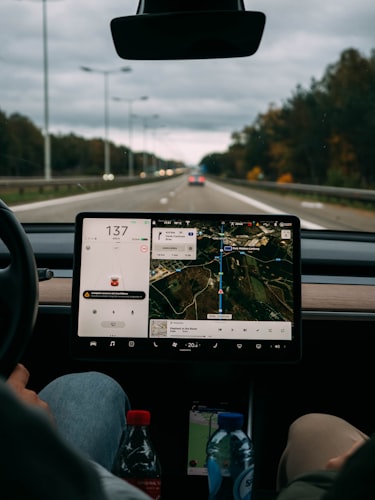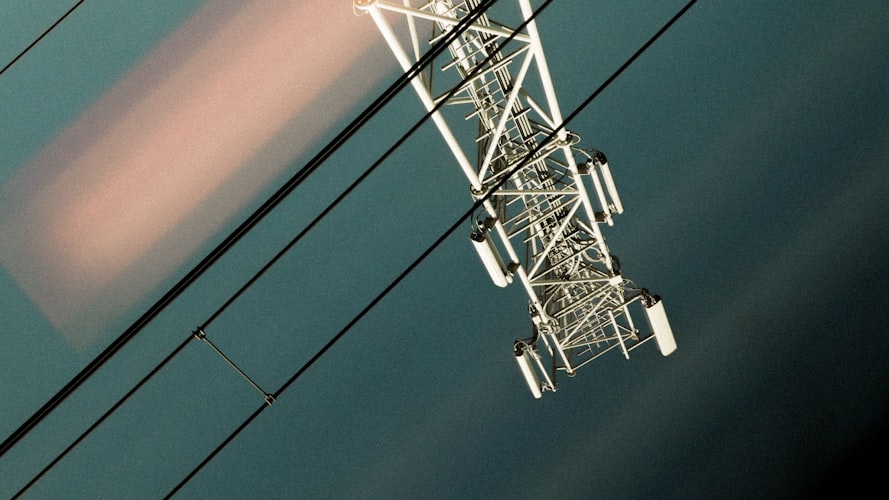There are several basic rules to follow when setting up an external car GPS antenna, especially those that come with a navigation receiver, in-dash type. One important thing to remember is that, regardless of what happens, don’t alter or do any kind of physical modification to the antenna.

Moreover, they need to remain in touch with GPS satellites, which are high above the skies. These artificial, man-made satellites orbiting the planet from outer space supply the data these antennas need to work.
In the absence of perpetual connection to these satellites, the information you acquire from this antenna will be iffy as far as dependability, accuracy, and integrity are concerned. Hence, you need to set them up in such a way that their signal is not in harm’s way of interference or obstruction.
External GPS antennas should be placed along with your dash, preferably on the underside. Nowadays, satellite transmissions are sufficiently strong to guarantee adequate reception. Apart from that, it will help a lot in making the antenna remain out of the direct view.
Wired Connections
If your receivers include a video screen, they should almost obviously require multiple extra cable connections that may not be completely necessary for stereos that are classified as non-touchscreen.
Parking Brake Wired Connection
Cars that have a video screen mounted in front of them should be connected to the wire for the parking brake to help minimize the risk of injury in the event of a collision. Similarly, GPS systems likewise apply to the same thing. Disabling navigational capabilities while the vehicle is in motion is common.
When you need to find a certain phone number or change the unit’s default settings, you must pull over first. In extremely unusual circumstances, you may need to use a foot brake connection.
Reverse Wire Signal Connections
Some GPS systems allow for connectivity to the reverse signal wire on your vehicle (backup light). With this kind of connection, you can tell your car’s navigation system when to go or travel in reverse.

By making use of this connection, you’d know when your car’s navigation system is headed to or if it is traveling in reverse. In the absence of this wire connection, the direction of your vehicle is unlikely to track accurately. As a result, your external GPS antenna won’t be able to do its job efficiently.
In some situations, the reverse wire may be found beneath the dash or the hood. You should consult the dedicated wiring diagram for your vehicle for this purpose. By this measure, you can be certain that you’d be able to identify it accurately. It is far more convenient and quick to link to it, at the taillight, particularly.
Making Use of Connectors for Wired Connections
When you need to find a certain phone number or change the unit’s default settings, you must pull over first. In extremely unusual circumstances, you may need to use a foot brake.
This method will help you create strong and steady connections. Besides, it won’t take so much of your time or effort. Additionally, you may find that you feel more at ease and more comfortable with soldering or crimping as opposed to utilizing those means instead.
It may take more than two steps beyond the usual stereo installation to get an in-dash GPS receiver setup.